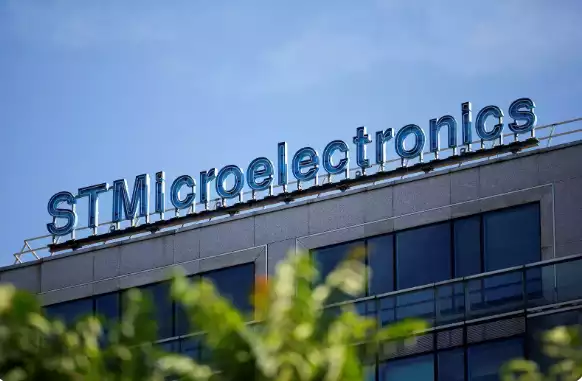
Key features
The new SiC MOSFETs, available in 750V and 1200V classes, offer enhancements that improve energy efficiency and performance for both 400V and 800V EV bus traction inverters. These advancements aim to make mid-size and compact EVs more accessible to the mass market. The technology also has applications in other high-power sectors, such as solar inverters, energy storage systems, and datacentres.
STMicroelectronics has completed the qualification of the 750V class, with the 1200V class expected to be qualified by the first quarter of 2025. Following this, commercial availability will allow for use in standard AC-line voltages and high-voltage EV batteries and chargers.
Industrial and automotive applications
The fourth-generation SiC MOSFETs aim to improve the efficiency of EV traction inverters and other industrial applications, such as high-power motor drives and renewable energy systems. In industrial settings, the devices help optimise motor control and reduce energy consumption. In renewable energy systems, they improve the efficiency of solar inverters and energy storage units. Additionally, the technology is expected to benefit server datacentres, particularly in addressing power and thermal management challenges in AI applications.A
STMicroelectronics will continue its development of SiC power devices, with plans for a fifth generation focusing on further enhancing power density and reducing on-resistance. The company is also developing a new manufacturing facility for SiC substrates in Catania, scheduled to begin production in 2026.
Disclaimer: The copyright of this article belongs to the original author. Reposting this article is solely for the purpose of information dissemination and does not constitute any investment advice. If there is any infringement, please contact us immediately. We will make corrections or deletions as necessary. Thank you.





